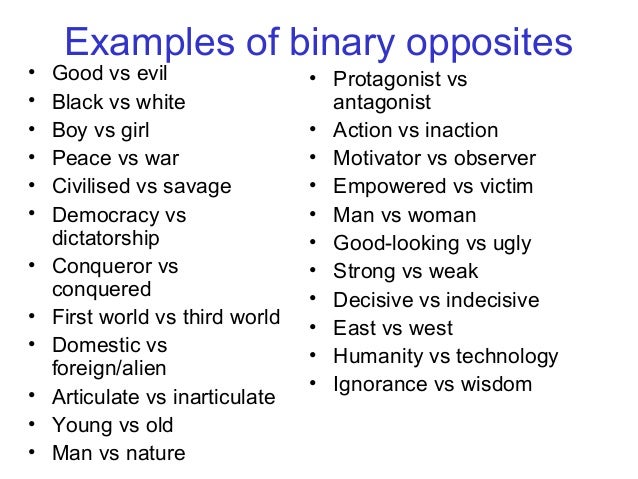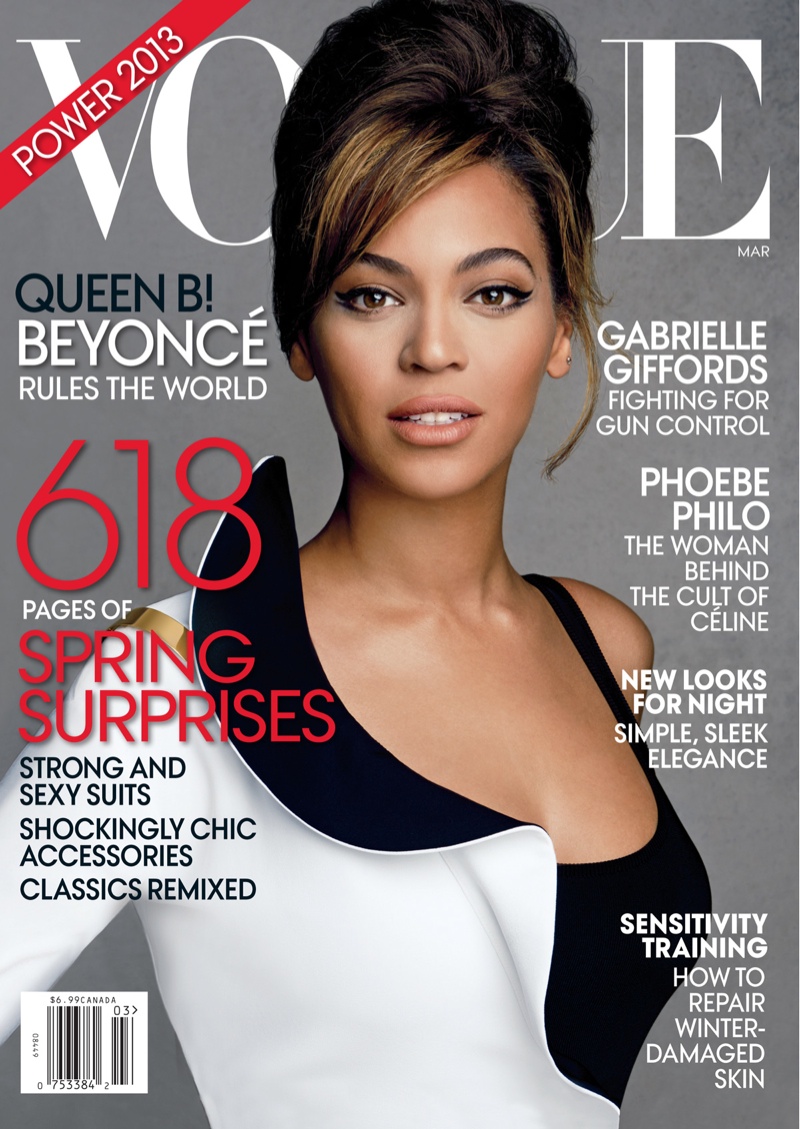1) What does the term 'Cultural Industries' actually refer to?
It refers to the creation, production, and distribution of products of a cultural or artistic nature.
2) What does Hesmondhalgh identify regarding the societies in which the cultural industries are highly profitable?
Hesmondhalgh identifies that the societies in which the cultural industries are highly profitable tend to be societies that support the conditions where large companies, and their political allies, make money.
3) Why do some media products offer ideologies that challenge capitalism or inequalities in society?
This happens because the cultural industry companies need to continuously compete with each other to secure audience members. As such, companies outdo each other to try and satisfy audience desires for the shocking, profane or rebellious. There are also longstanding social expectations about what art and entertainment should do, and challenging the various institutions of society is one of those expectations.
4) Look at page 2 of the factsheet. What are the problems that Hesmondhalgh identifies with regards to the cultural industries?
- Risky business
- Creativity versus commerce
- High production costs and low reproduction costs
- Semi-public goods; the need to create scarcity
5) Why are so many cultural industries a 'risky business' for the companies involved?
The cultural industry company is reliant on other cultural industry companies to make audiences aware of the existence of a new product or of the uses and pleasure that they might get from experiencing the product. Companies cannot completely control the publicity a product will receive, as judgements and reactions of audiences, critics and journalists etc. cannot accurately be predicted. This could make it difficult to achieve high levels of profit for independent or individual companies.
6) What is your opinion on the creativity v commerce debate? Should the media be all about profit or are media products a form of artistic expression that play an important role in society?
I think that these two factors are equally important as they depend on eachother, for example, if the media was all about profit, in order to achieve this, it would also have to produce products that are artistic and have value in society in order for consumers to enjoy it. If media producers are not making content that the audience doesnt like or want to see, producers will generate low sales revenue, therefore their profits would be low. In order to produce media products that show an artistic expression, producers must also generate high profits otherwise they will not be able to fund the production costs.
7) How do cultural industry companies minimise their risks and maximise their profits?
Cultural industry companies minimise their risks and maximise profits through vertical integration. Vertical integration is when a media company owns a range of businesses in the same chain of production and distribution. For example, a company might own the film studio that makes a film, the distributors that sell it to cinemas and then the movie channel that premieres it on TV which allows companies to reduce costs and increase profits. It also helps minimise risks as it guarantees that the product will reach large audiences and is made available to consumers.
8) Do you agree that the way the cultural industries operate reflects the inequalities and injustices of wider society? Should the content creators, the creative minds behind media products, be better rewarded for their work?
I agree that the way cultural industries operate reflects the inequalities and injustice of a wider society as although there is some coverage of lower classes, the focus tends to be on higher classes.I believe that content creators should be better rewarded for their work as they are paid significantly lower than actors who usually earn at least triple what directors do. I think this is unfair as part of the reasonn they are paid so much more is simply because of their name and popularity in the industry. Content producer deserve higher rewards as without them, a lot of media content that we have now wouldnt exist, and stars depend on their create work in order to continue working and earning money.
9) Listen and read the transcript to the opening 9 minutes of the Freakonomics podcast - No Hollywood Ending for the Visual-Effects Industry. Why has the visual effects industry suffered despite the huge budgets for most Hollywood movies?
The visual effects industry has suffered despite the huge budgets for most Hollywood movies due to Rhythm and Hughes facing severe financial difficulties.
10) What is commodification?
This is the transforming of objects and services into commodities. At its most basic level, it involves producing things not only for use, but also for exchange.
11) Do you agree with the argument that while there are a huge number of media texts created, they fail to reflect the diversity of people or opinion in wider society?
I agree as when you look at newspaper headlines they are usually all based around the same topic with the exception of a few. The fact that some companies also own so many smaller individual companies, or use vertical integration also means that opinions are not diverse as audiences are being fed the same viewpoint over and over again without us realising.










